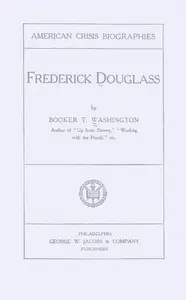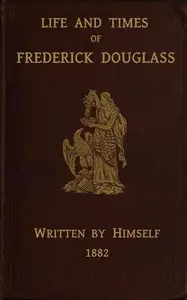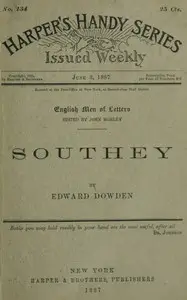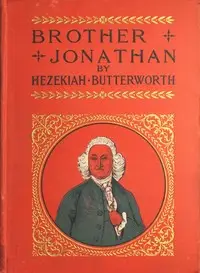"Frederick Douglass" by Charles W. Chesnutt is a story about the compelling life of Frederick Douglass, a former slave who transformed himself into a powerful voice for freedom and equality. The biography journeys through Douglass’s early years marked by hardship, his burning desire for education which he uses to empower himself, and his courageous escape from slavery. The book paints a portrait of a man who rose above the cruelty of slavery to become an influential leader, fighting tirelessly against injustice and becoming a beacon of hope for others seeking to break the chains of oppression. It reveals how his early life experiences shaped him into an unstoppable force for change in a divided America.

Frederick Douglass A Biography
By Charles W. (Charles Waddell) Chesnutt
Witness the incredible transformation of a slave into a celebrated champion for civil rights, whose words ignited a nation and whose actions helped dismantle the walls of prejudice.
Summary
About the AuthorCharles Waddell Chesnutt was an American author, essayist, political activist, and lawyer, best known for his novels and short stories exploring complex issues of racial and social identity in the post-Civil War South. Two of his books were adapted as silent films in 1926 and 1927 by the African-American director and producer Oscar Micheaux. Following the Civil Rights Movement during the 20th century, interest in the works of Chesnutt was revived. Several of his books were published in new editions, and he received formal recognition. A commemorative stamp was printed in 2008.
Charles Waddell Chesnutt was an American author, essayist, political activist, and lawyer, best known for his novels and short stories exploring complex issues of racial and social identity in the post-Civil War South. Two of his books were adapted as silent films in 1926 and 1927 by the African-American director and producer Oscar Micheaux. Following the Civil Rights Movement during the 20th century, interest in the works of Chesnutt was revived. Several of his books were published in new editions, and he received formal recognition. A commemorative stamp was printed in 2008.



















